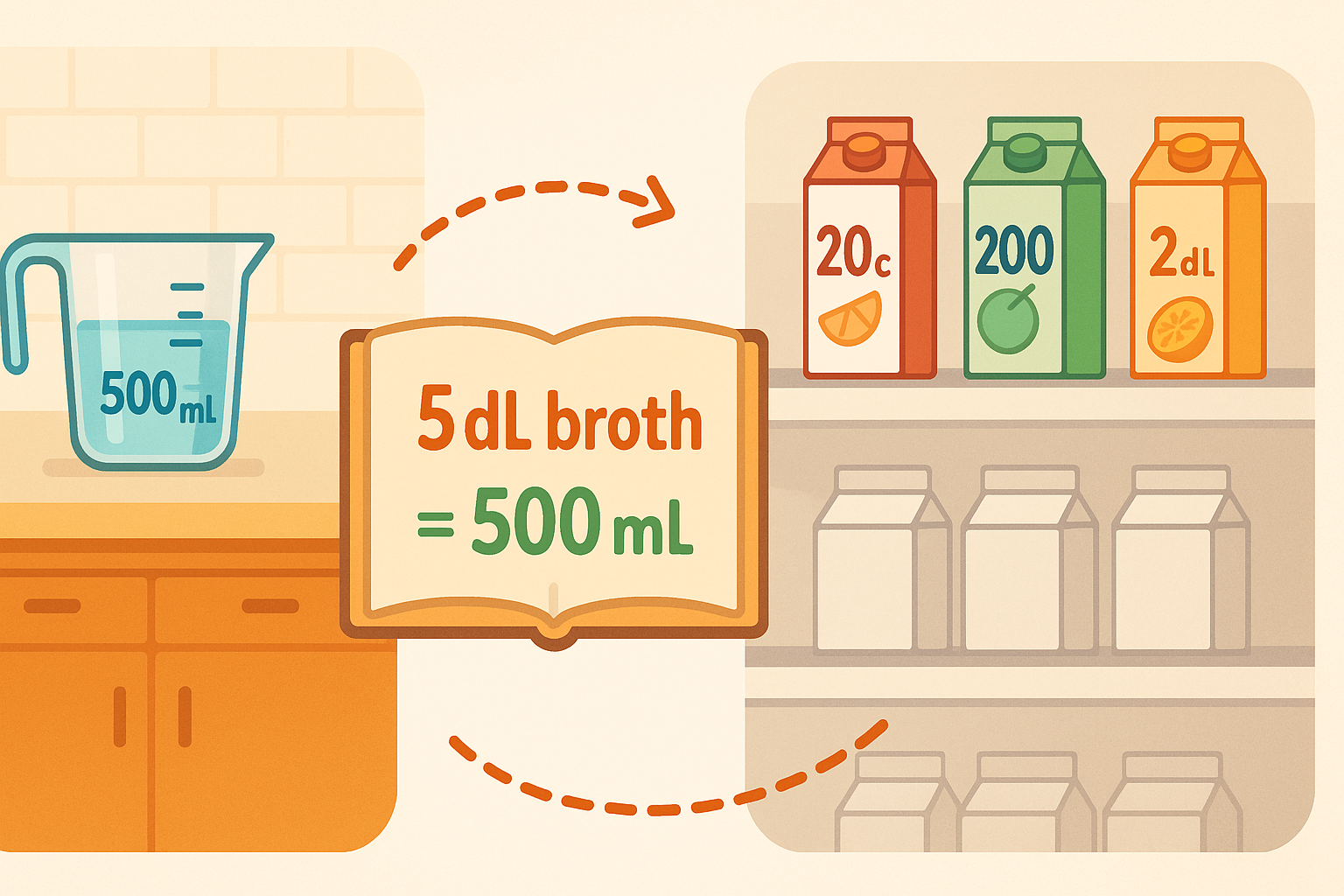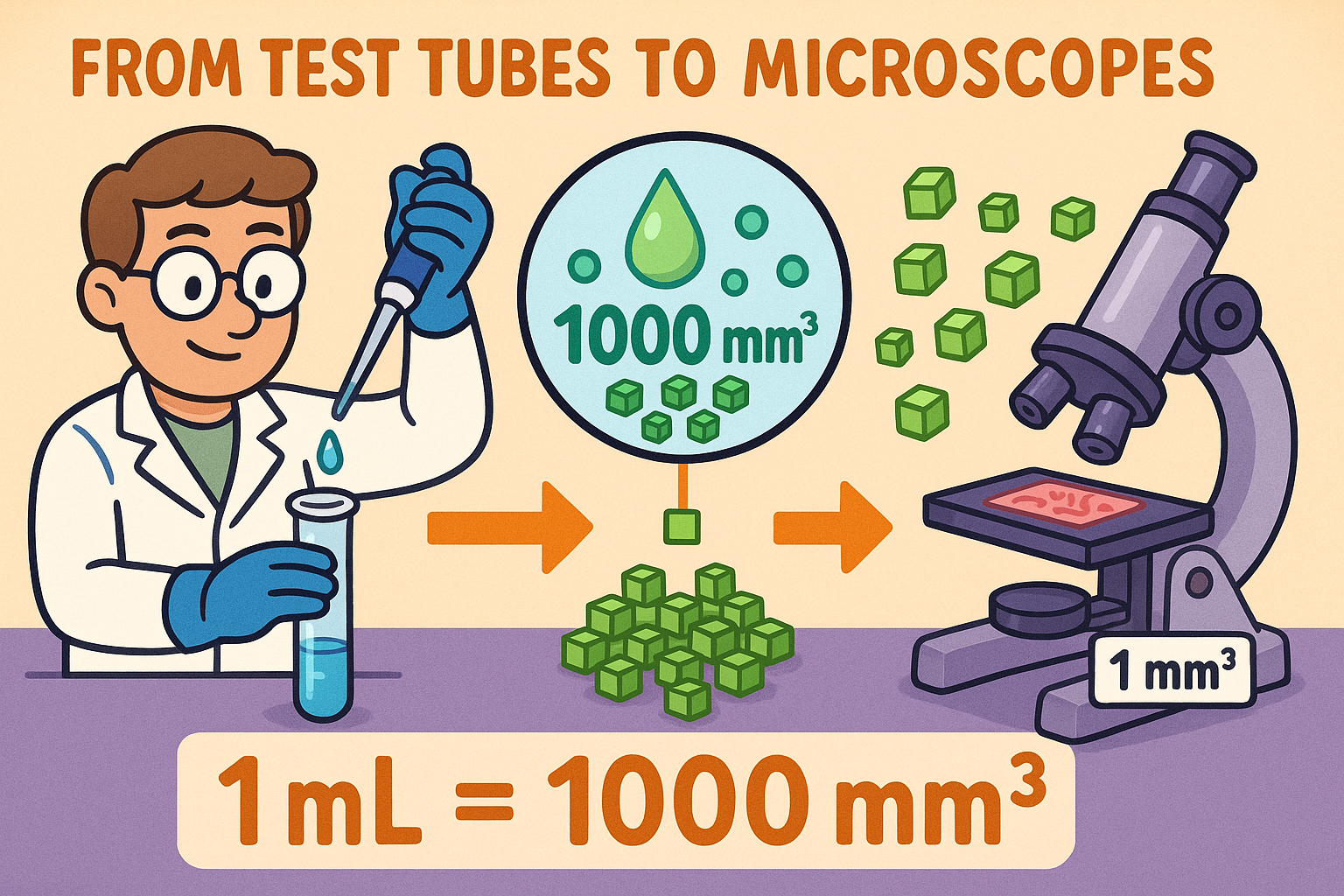milliliter to deciliter – How to convert mL to dL
The conversion from milliliters to deciliters is one of the most practical in everyday life. Milliliters are used for medicine, small recipes, and packaging, while deciliters are popular in European cookbooks, beverage labeling, and nutrition guides. Switching between them is simple and helps connect detailed measurements with user-friendly scales.

What is a milliliter (mL)?
A milliliter is 1⁄1000 L and equals 1 cm³. It is widely used for medicine doses, cooking, and laboratory work. For example, a teaspoon contains about 5 mL.
What is a deciliter (dL)?
A deciliter is 1⁄10 L, which equals 100 mL. It is a convenient mid-sized unit for recipes and nutrition facts. For instance, a European cookbook might call for 3 dL of milk, which equals 300 mL.
Conversion formula – milliliter to deciliter
The scale difference is based on powers of ten, making it easy to calculate.
The base equivalence is:1 mL = 0.01 dL
To convert milliliters to deciliters:1 milliliter = deciliter × 0.01
Examples:
250 mL = 2.5 dL
For broader conversions beyond these units, Jetcalculator’s Volume Converter and its library of Conversion Tools give quick, accurate results.
Do you know?
-
In recipes: Scandinavian and European cookbooks often use dL, while English versions of the same recipes list amounts in mL.
-
In beverages: Juice cartons or milk packs sometimes mark capacity in dL, while syrups and medicine bottles are labeled in mL.
-
In nutrition: Dietary recommendations in some countries describe daily fluid intake in dL, though hospitals often use mL for exact precision.
From kitchen counters to food labels
This conversion is visible in everyday cooking. A recipe might ask for 5 dL of broth, while your measuring cup only shows mL. Knowing that 5 dL = 500 mL lets you prepare the dish without confusion.
The same applies to food packaging. In supermarkets, one brand may list 20 cL, another 200 mL, and a third 2 dL for essentially the same product. Converting between them bridges consumer convenience with precise labeling.

One formula that fits both home and health
The formula 1 mL = 0.01 dL connects practical details with everyday usability. Milliliters allow accuracy for doctors and chefs, while deciliters simplify amounts for recipes, guides, and packaging.
By moving between them, you keep both precision and clarity — one formula that fits comfortably in the kitchen, supermarket, and healthcare.

